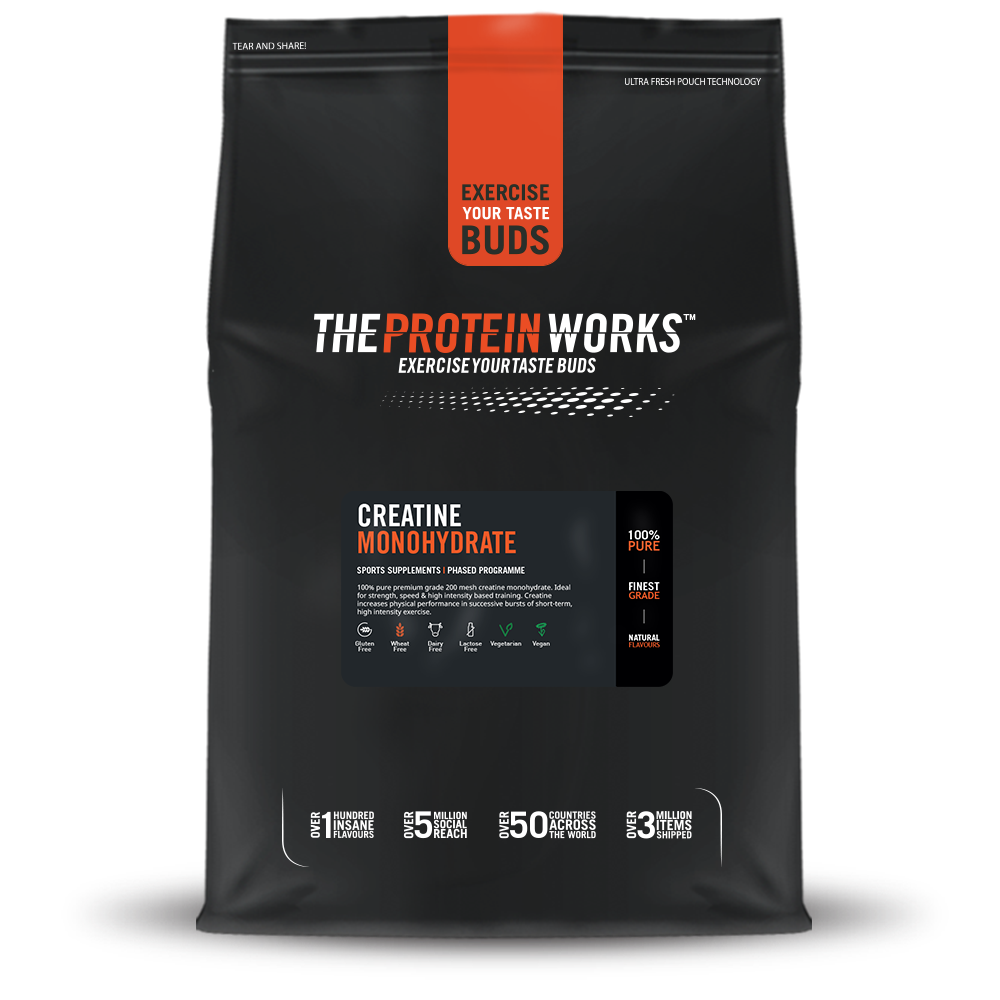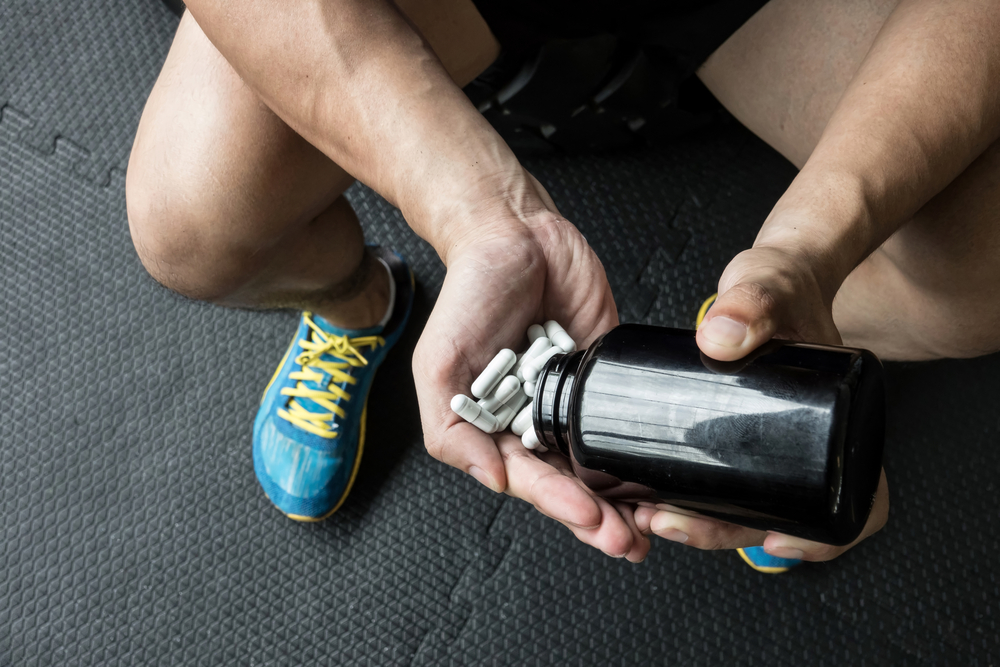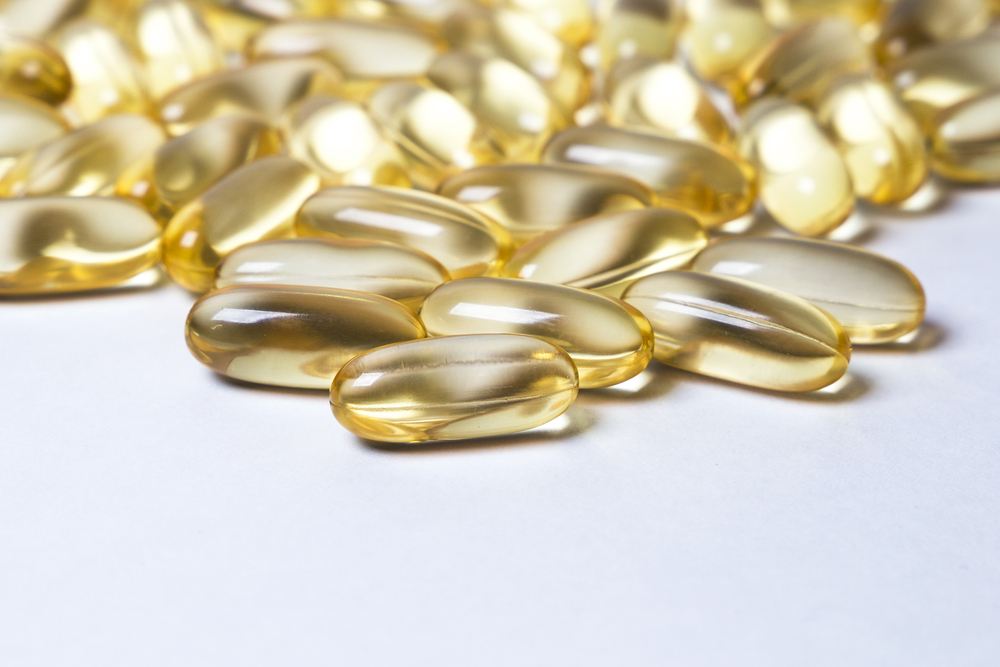Creatine monohydrate has become quite possibly the world’s most popular sports supplement and is used by millions of athletes all over the world. Here we take a look at how creatine works within our bodies and the process by which it make us stronger, faster and bigger.
How Does Creatine Increase Power?
The reason creatine has become such a popular supplement is because it has been scientifically proven to boost the muscles production of a substance called Adenosine Triphosphate (ATP.) Adenosine Triphosphate is basically our ‘muscular energy’ and it’s needed every time our muscles contract, whether that’s during a sprint, weight training or any explosive movement at all. The problem is our bodies only have a limited supply of Adenosine Triphosphate and so we can only work at our absolute maximum intensity for about 5-7 seconds. You will no doubt have experienced this when you start to fail on your 8th repetition in the gym or perhaps start to fade during the later stages of a 100m sprint; well this is your Adenosine Triphosphate stores running out.
This is where creatine supplementation can help since creatine has been shown to help replenish and boost Adenosine Triphosphate stores and so can help you maintain your maximum work rate for 2-3 seconds longer which ultimately means you can keep accelerating during a 100m sprint for 70 metres instead of fading at 60 metres or you can get those extra few repetitions in the gym during a heavy squat session.
How Does Creatine Increase Muscle Mass?
As explained above, creatine can help you lift that extra repetition in the gym which can therefore provide the necessary stimulus for your muscles to grow stronger and bigger. But interestingly creatine has proved so effective in helping to increase muscle mass that researchers at the Department of Kinesiology at the Katholieke Universiteit Leuven in Belgium found it was able to increase muscle mass in patients who’d lost muscle whilst recovering in hospital when combined with an effective strength training routine. Therefore proving creatine not only has benefits for athletes but has medical uses too.
How Much Creatine Do I Need?
Typically creatine monohydrate supplementation involves a loading phase, 20g per day split between 4 servings, for 5-7 days, followed by a maintenance phase of 5g a day for the duration of a particular phase of training, 6 weeks for example. However more recently experts have suggested you don’t need to do a loading phase and can in fact starting using creatine with a set dose (roughly 5 grams) right from day 1. It’s important to know that there are studies to support both approaches so it’s recommended you find the right one for you.
But regardless of which dosage method you use, it was shown at the Department of Physiology and Pharmacology at the Queen’s Medical Center in Nottingham that taking creatine with a high glycaemic index carbohydrate like dextrose or a rapdily absorbing one like waxy maize starch can increase creatine absorption and therefore the positive effect it can have on your training. It’s believed it does this because the high glycaemic index carbohydrate increases levels of the hormone insulin in the body which in turn helps to shuttle the creatine to the muscles far more effectively.









No Comments yet!